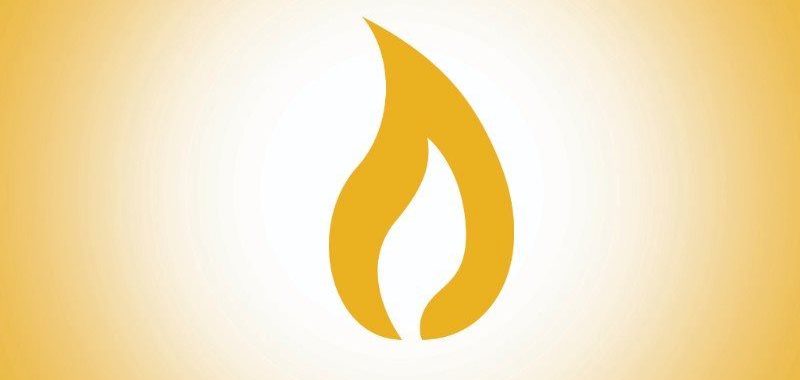Why Knowing the Red Flag Indicators of Human Trafficking Is Important
Modern-day slavery does not care who you are, what you look like, or where you come from. It can happen to anyone—any of us—at any given time.
It is estimated that 20-45.8 million people are enslaved in the world today, in every country in the world today, including the United States. Although exact numbers are difficult to pin point, in the U.S. we know that in the past eight years more than 31,600 total cases of human trafficking have been reported to the National Human Trafficking Hotline[1].
But what is human trafficking? Is it the same as modern day slavery? In short, yes. The United Nations defines human trafficking as, “the recruitment, transportation, transfer, harboring, or receipt of persons by improper means (such as force, abduction, fraud, or coercion) for an improper purpose including forced labor or sexual exploitation.” [2] Both the definition of “modern day slavery” and “human trafficking” deal with the enslavement of human beings.
As previously stated—slavery can happen to anyone. Not all enslaved people look one specific way, nor do all traffickers look one specific way. However, there are red flag indicators in human trafficking cases that help people correctly identify victims. And knowing these indicators do help. In 2016, the National Human Trafficking Hotline found that community members called the hotline more than any other demographic. Out of 26,727 calls made last year, 7,545 of them were placed by members in the community who knew the signs.
So, why am I telling you all of this? On June 10th, the National Underground Railroad Freedom Center held See & Say: How to Spot the Signs of Human Trafficking, a training workshop aimed at helping people understand the red flag indicators of human trafficking. We wanted to provide the general public with an introductory training of these warning sings, with the ultimate goal if you see something, you will say something. The idea for the program came after a discussion with the Freedom Center’s curator, Dr. Ashley Jordan, about how a person could receive training on the warning signs of human trafficking. This conversation stemmed from the news report on Shelia Fedrick, the Alaskan Airlines flight attendant who was successfully able to identify a victim of human trafficking on her flight last February[3]. Because of Shelia Fedrick’s knowledge of these critical signs, she was able to help a young girl escape enslavement.
Understanding the signs of human trafficking is one of the easiest ways a person can help fight against slavery—it literally just requires you to be more vigilant and aware in your normal, everyday situations. At the Freedom Center, part of our mission is to “challenge and inspire everyone to take courageous steps of freedom today,” and that is what our See & Say program was all about. Our goal was to educate attendees on the warning signs of human trafficking and encourage “if you see something, say something.[4]”
Katie Bramell
Researcher
National Underground Railroad Freedom Center
[1] https://polarisproject.org/facts
[2] http://www.endslaverynow.org/learn/slavery-today
[3] http://www.nbcnews.com/news/us-news/flight-attendants-train-spot-human-trafficking-n716181
[4] http://www.endslaverynow.org/act/action-library/read-and-share-these-red-flag-indicators
